Small basement ideas – 10 expert strategies for maximizing space
These small basement ideas will make the most of a compact area
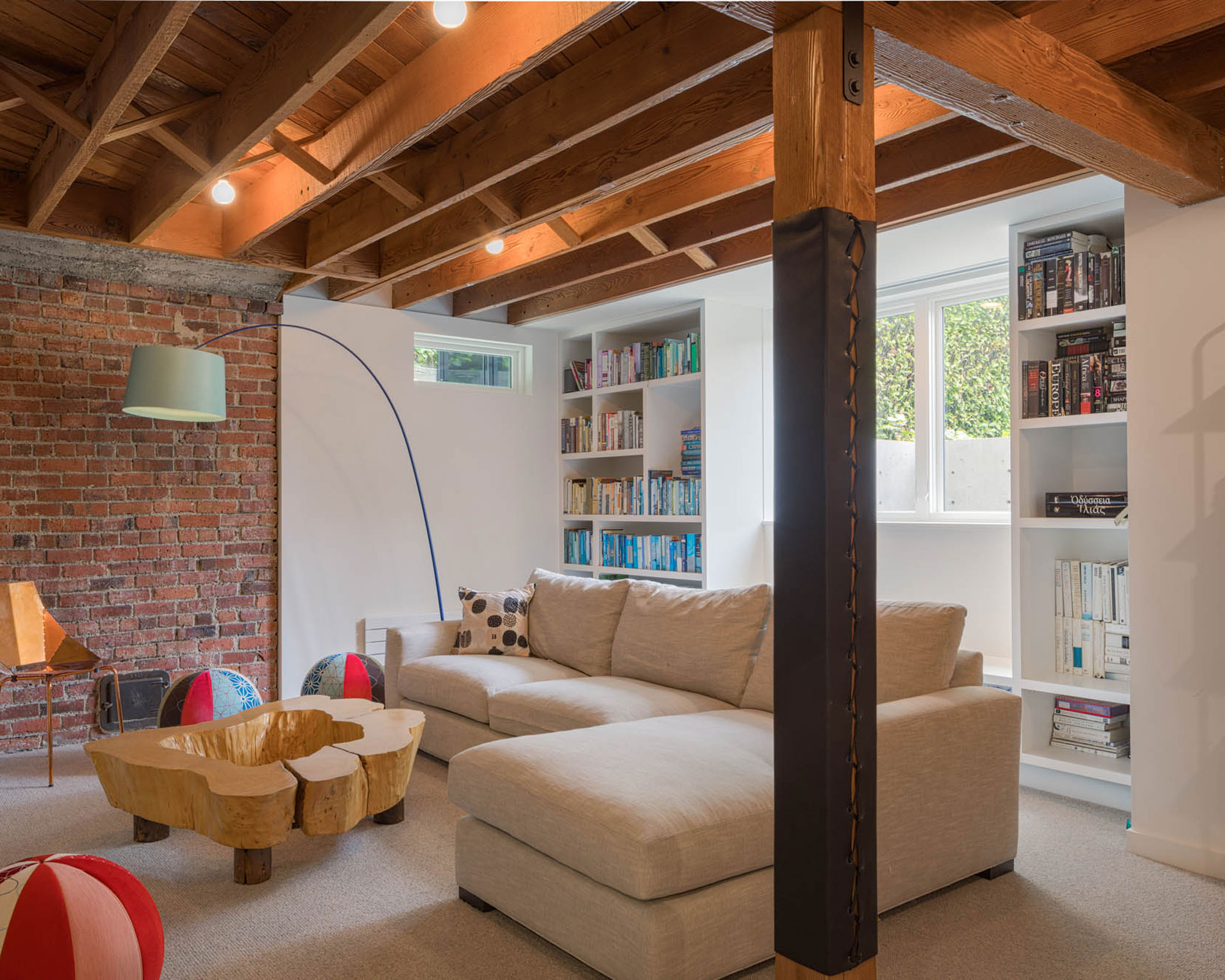

While it may be compact, exploiting the best small basement ideas can make this a valuable part of a home. Even a basement with a limited floor area can function as extra living space, a home office, a playroom, or fulfill other needs.
Executing your basement ideas may mean making an unfinished zone into one that’s habitable, or even digging down, but even if the resulting space isn’t particularly large, good design can make it a pleasurable place in which to spend time.
Here, we’ve assembled the top small basement ideas and expert advice to create an area whose spacious feel belies its limited proportions.
Small basement ideas
A small basement needn’t be relegated to a storage-only space. A wide range of different rooms can be created at this level of a home, and the right design and decor choices can make it feel anything but constricted.
1. Consider scale
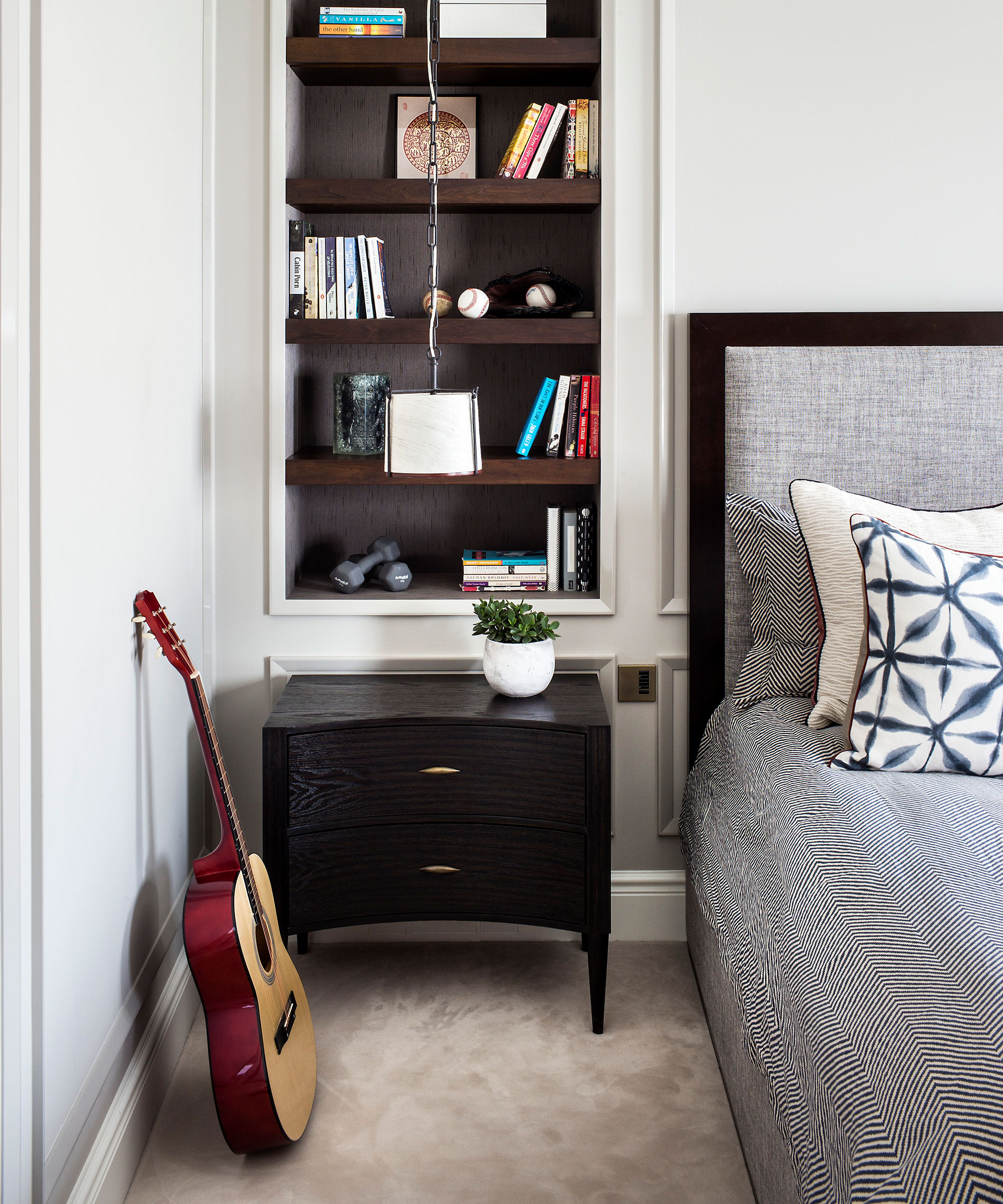
Whichever type of room it is, to make small basement ideas successful ensure the proportions of the furniture selected are appropriate.
‘Make the most of small spaces by keeping space and scale in mind,’ says Maggie Griffin, founder and lead designer of Maggie Griffin Design. ‘Built-ins for storage and a small wet bar keep things handy, while comfortable upholstery (think small-scale sectional) can invite one for movies and bingeing Netflix.
‘Even basement bedrooms can be small but chic and cozy. Keep colors light to make the most of the natural light.’
Design expertise in your inbox – from inspiring decorating ideas and beautiful celebrity homes to practical gardening advice and shopping round-ups.
2. Keep small basements feeling open
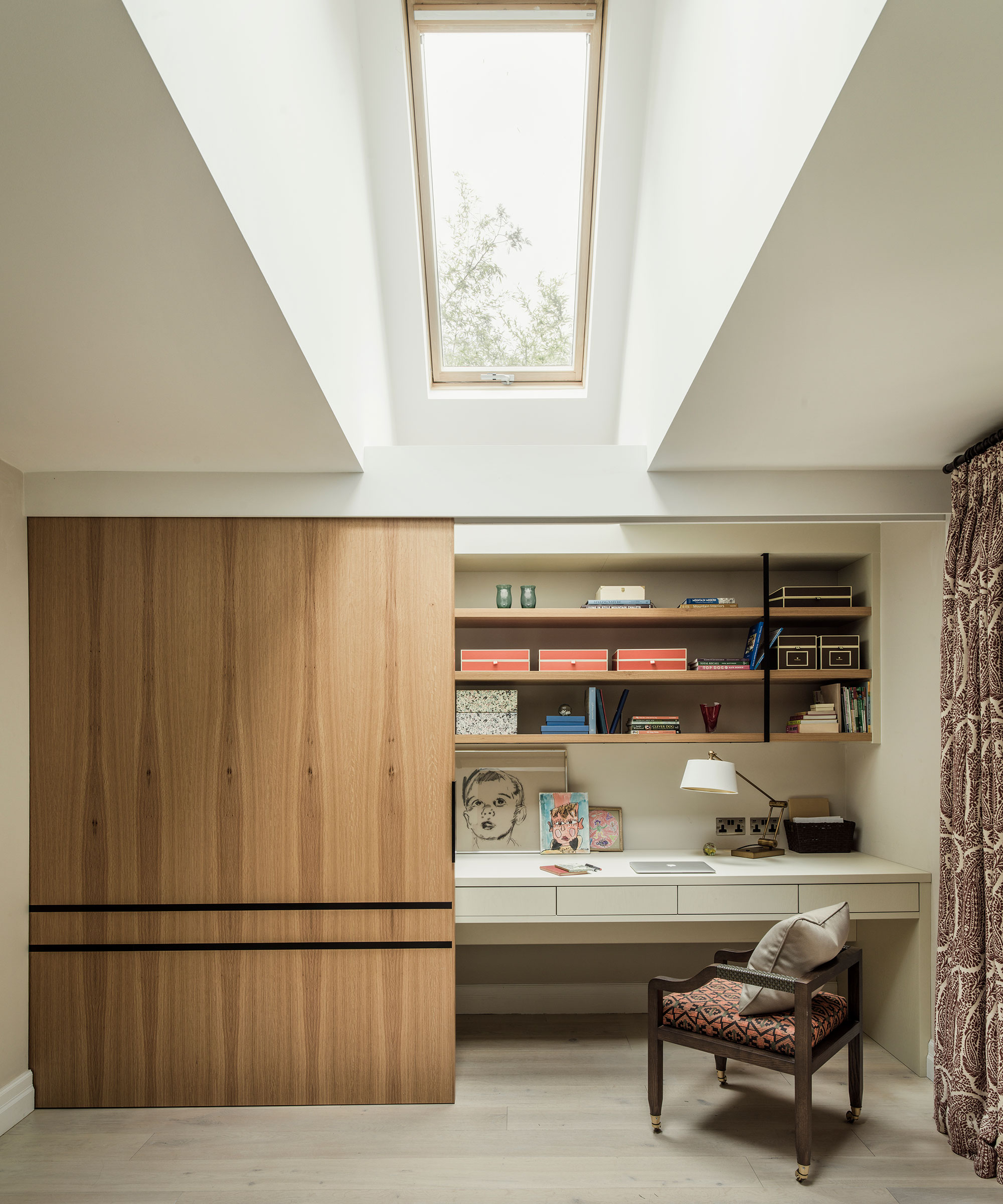
In addition to considering the size of furniture, think about its design to keep a small basement feeling open and therefore larger. In this home office the desk has a slim profile with no legs that make it a less bulky presence than alternative styles.
Meanwhile, the majority of the storage is hidden behind sliding doors to keep the room feeling streamlined.
3. Add in a cozy nook

Consider adding a nook to boost seating in a space-efficient way if yours is a small basement.
‘We emphasize the coziness with the deep wall color and soft fabric textures,’ says Mindy O’Connor of Melinda Kelson O’Connor Design of her designs.
4. Make it light and bright

One of the most simple but effective small basement ideas? Choosing a light paint color for walls plus trim. ‘Prioritize creating a light and bright environment so it’s a place you want to be, not a dreaded dungeon,’ says Andi Morse, founder and principal designer, Morse Design.
Try following the same strategy with light colored flooring and neutral upholstery, too. Also worth considering is a glass balustrade for the basement staircase so it doesn’t block light.
Up the textural interest of your decor choices to avoid a flat feel when light colors dominate.
5. Go low in a small basement

A small basement often presents the issue of a low ceiling along with the problem of a lack of floor area. If that’s the case, pay attention to the height of furniture. In this room a low sectional assists in making the ceiling feel higher, and it’s worth adopting the same tactic when choosing armchairs, footstools, coffee tables, and more.
If your basement has a window, using a shade makes more sense when hanging drapes would impede the positioning of furniture, or a floor-length curtain when this isn’t a problem. A drape that falls just below a sill will emphasize a low ceiling height.
6. Opt for custom storage

If you are wondering how to make the most of your basement, know that good storage is a must in a small space. Places to tidy away are even more crucial in a smaller area than a large one because it can easily look cluttered and cramped.
Custom shelving and cabinets are often the superior solution, allowing the use of every inch of space from floor to ceiling. They’re also best for the area under the basement stairs as they can be built to follow the slope. Consider pull-out designs for storage fitted here to make access to contents easy.
7. Use a small basement as a laundry room
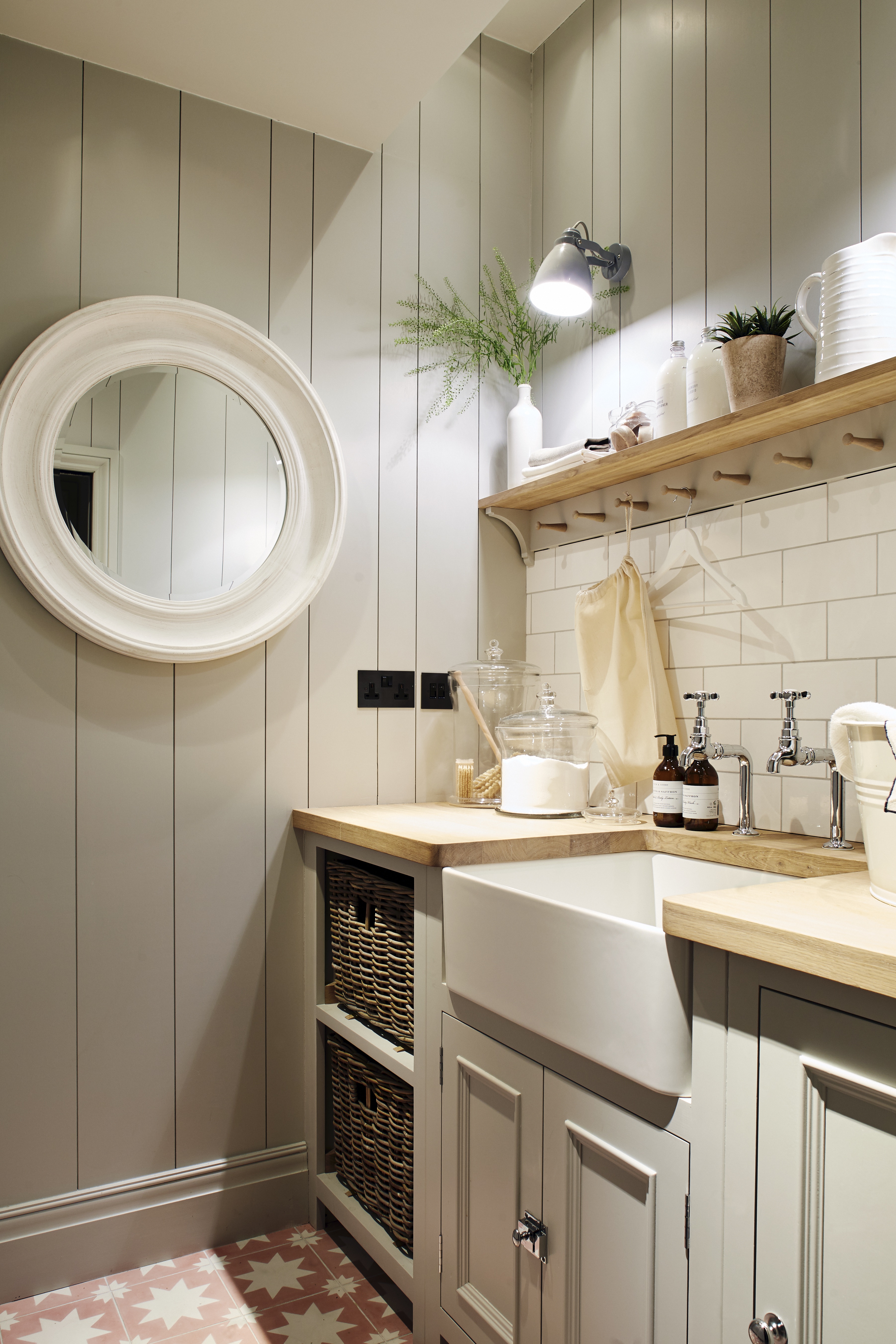
Laundry room ideas can be great for small basements if yours is super compact; an efficient version doesn’t demand a large area.
It’s an option interior designers Sims Hilditch took advantage of in one of their projects. ‘We installed bespoke joinery in which we stacked the washer and dryer,’ says design director Louise Wicksteed. ‘We also installed a Belfast sink complete with useful storage around and beneath it. Although this is a functional space, why not bring an element of fun to it with some colored or patterned floor tiles?’
8. Let mirrors work their magic
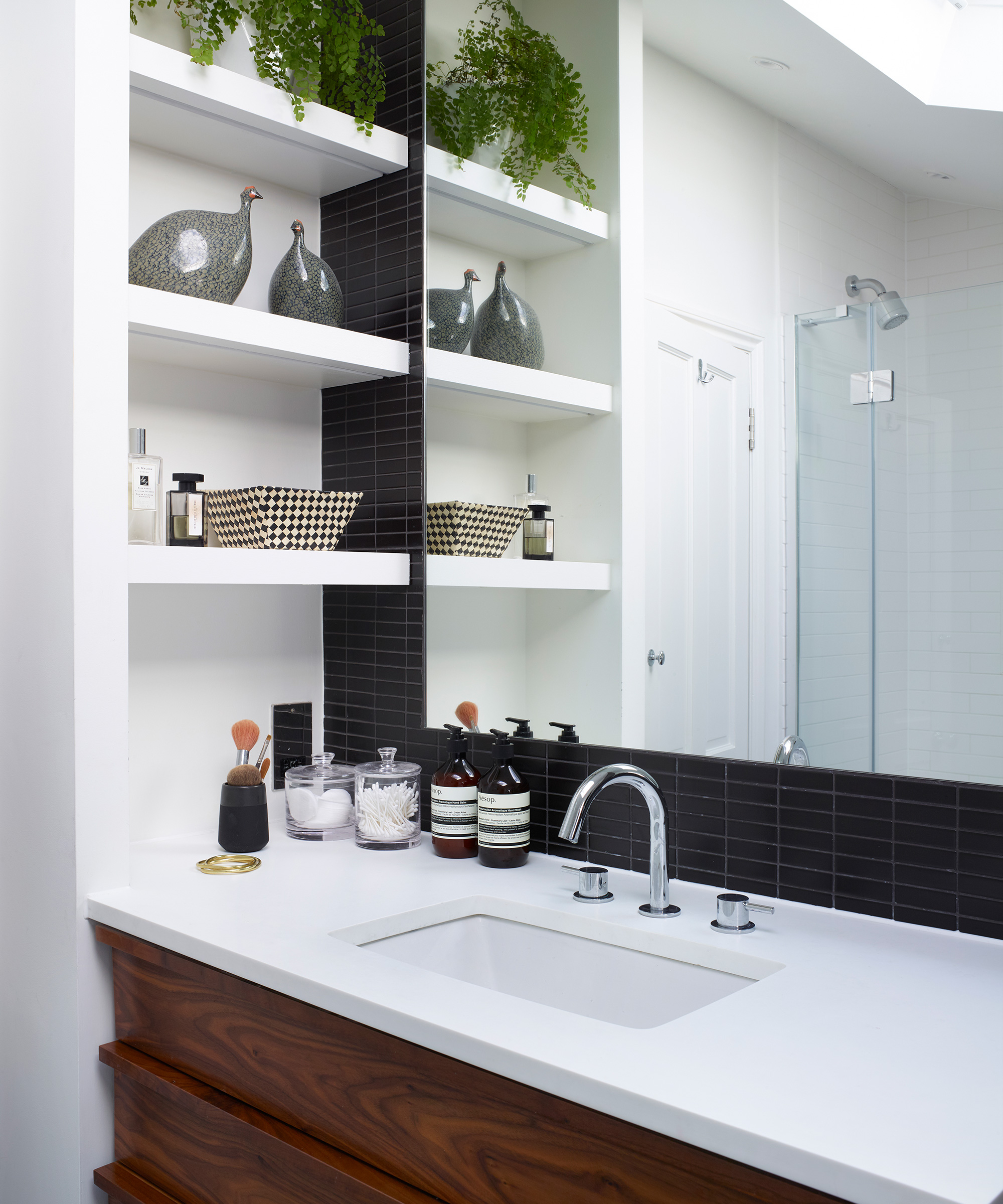
Decorating with mirrors is a tried-and-true way to make a room feel larger – and small basements can benefit as much as other rooms. This can be especially the case in a small basement bathroom as these are often windowless with any window given to living or bedroom space instead. Either way, they can help to bounce around and increase natural light.
If you have chosen this solution for a basement bathroom, follow this example by sizing the mirror to the wall above the basin to boost the light and visually stretch the space. Fitting shelves alongside and displaying decorative objects is a neat trick, too, helping to make the small room feel deeper.
9. Create display space
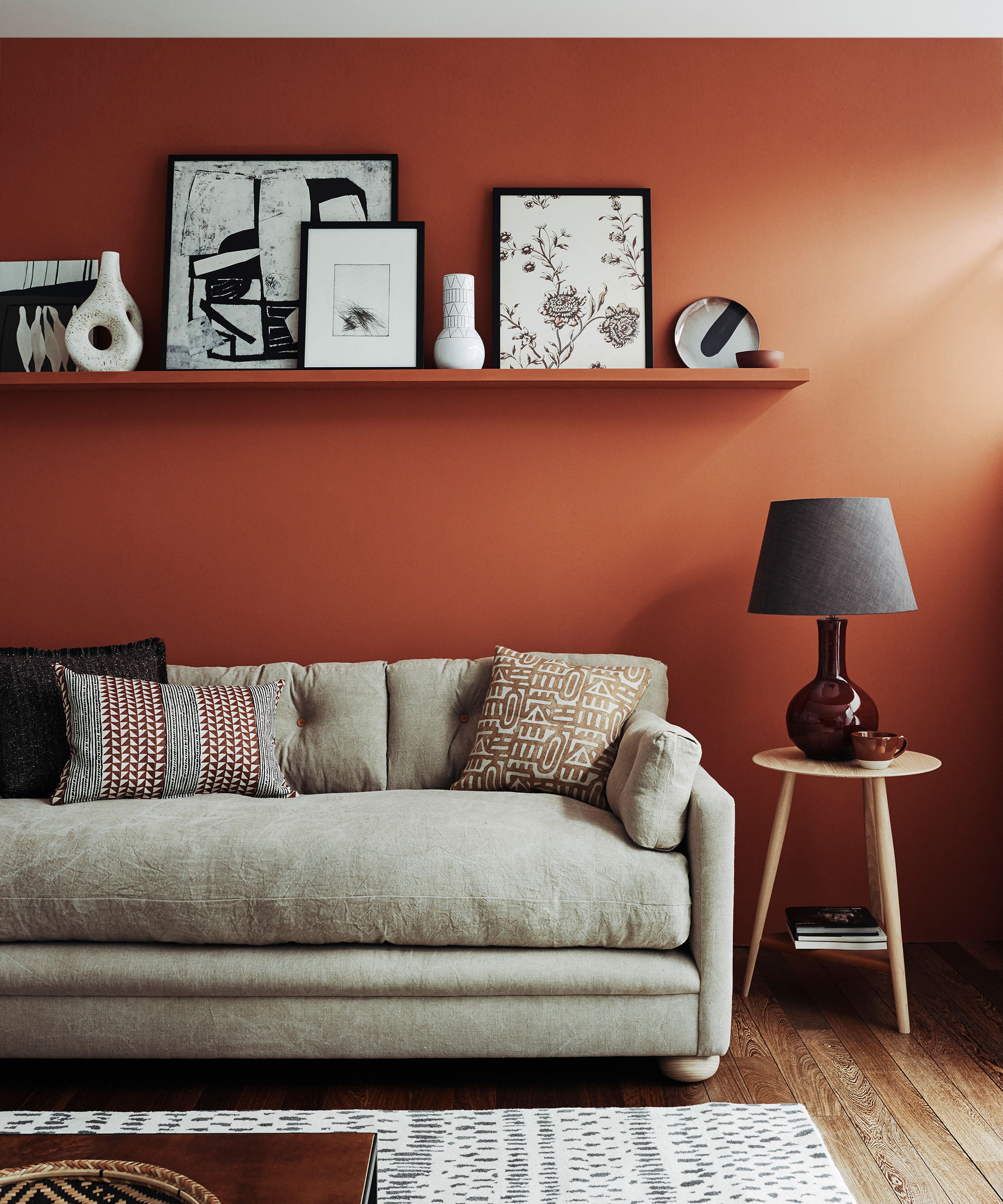
A basement without decorative accessories can feel bland and uninviting, but if it’s small it can be hard to accommodate the furniture on which to display these pieces. Hanging a shelf can be the answer, providing a place for objets as well as artwork without filling the floor area.
This room features a warm wall color that also makes the space welcoming and cozy. When adopting a deeper palette, painting the ceiling white and selecting pale upholstery and wood finishes can provide the necessary balance.
10. Slim down
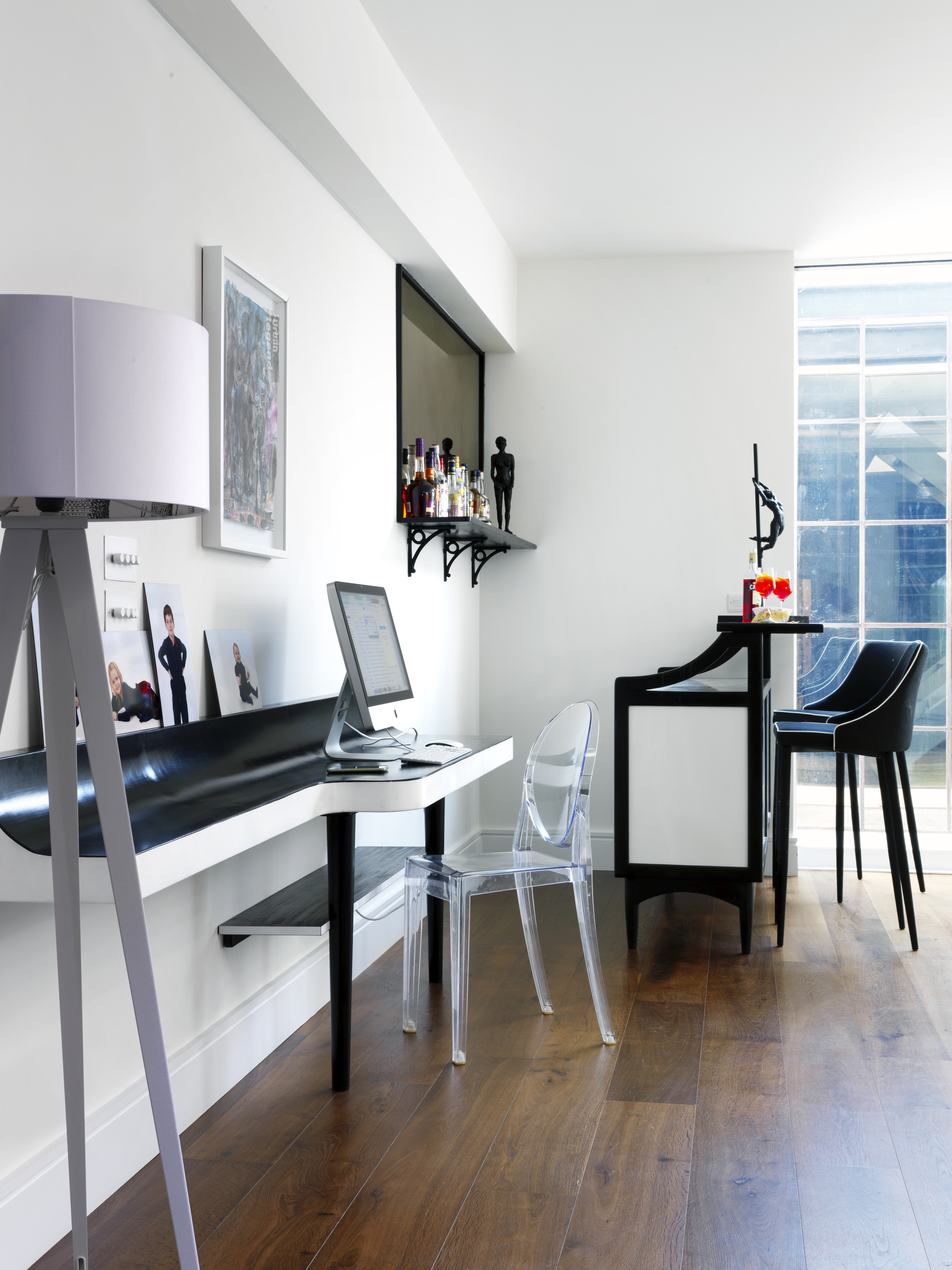
In a basement that’s small, and especially if it’s narrow, too, slim wall-hung furniture can prevent it feeling overcrowded and preserve circulation space. Here a chic wall-hung desk provides a place to work, and there’s even a slim bar to make the basement an appealing place to spend time.
A color palette of black and white makes the space cohesive, and sophisticated to boot.
What can you do with a small basement?
A small basement provides the opportunity to add a host of different rooms, despite its compact dimensions. Think about using it as an extra cozy family room, or a playroom, or a space apart for older kids. It could make an intimate movie theater, or consider it for a home gym or games room neither of which necessarily require large square footages.
And while it might be unsuitable for a basement kitchen, it might be a good venue for a home office to avoid disturbance by the rest of the family, and would make a good study space for the same reason. Depending on the layout of your home, it could make a convenient mudroom. A small basement can also be a sensible location for a laundry room, avoiding the noise of appliances on the main floor.
Which flooring is best for a small basement?
A wide choice of flooring is available for a newly constructed or remodeled small basement that’s been correctly waterproofed when teamed with the appropriate sub-floor. Engineered wood has the appearance of solid hardwood, but will resist warping in response to changes in humidity.
For a cozier feel, carpet is an option. It’s also a good noise insulator and warm for young kids to play on – area rugs on a hard floor are an alternative.
Consider, too, tile for durability: both ceramic and porcelain might suit and they can replicate the look of wood if that’s your preference.

Sarah is a freelance journalist and editor. Previously executive editor of Ideal Home, she’s specialized in interiors, property and gardens for over 20 years, and covers interior design, house design, gardens, and cleaning and organizing a home for Homes & Gardens. She’s written for websites, including Houzz, Channel 4’s flagship website, 4Homes, and Future’s T3; national newspapers, including The Guardian; and magazines including Future’s Country Homes & Interiors, Homebuilding & Renovating, Period Living, and Style at Home, as well as House Beautiful, Good Homes, Grand Designs, Homes & Antiques, LandLove and The English Home among others. It’s no big surprise that she likes to put what she writes about into practice, and is a serial house renovator.